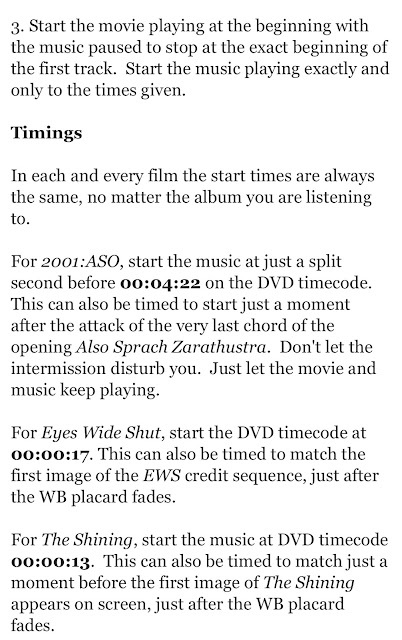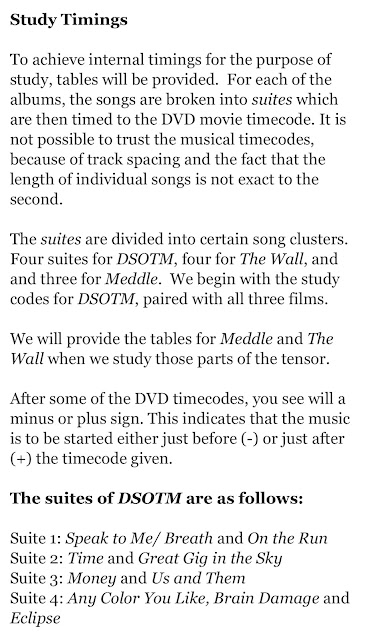The Hollywood writer's strike never ended—perhaps because the traditional landscape of filmmaking found an unlikely ally in a pastime often associated with retirees and business networking: golf. More specifically, Virtual Reality (VR) Golf. What started as a casual diversion during the hiatus rapidly evolved into a new medium of creative expression, converging VR, Augmented Reality (AR), and Artificial Intelligence (AI).
We focus in on a Wes Anderson project tentatively titled Ben Hogan and the Left Hand Path, where a Muppet Babies like TV Show begins communicating messages interpreted as “troublesome”.
Iconic golfers made up the orphanage, miniature caricatures in the style of Muppet Babies: Jack Nicklaus, the painter, mastered strokes both on the canvas and the fairway; Arnold Palmer, the musician, orchestrated swings as if composing a symphony; Ben Hogan, the quantum mechanic, cold and calculated scientific precision; Tiger Woods, a polymath, embodying all three
John Daly, the hero, conquering the toughest of challenges.
The MB’s play and compete in VR Golf, a platform that appears troublesome because it is seen to be communicating religious dogma and occult secrets.
The film was planned as animation and live action.
Before production began, Meta introduced VR to Anderson by sending him 100 headsets and a pitch for possible cross-promotion with the Meta Quest 3 release. They envisioned celebrity golf tournaments with actors from the live-action parts of the film.
Anderson fucked around on VR for a few days, didn’t make much of it. Then instructional golf videos began invading his algorithm. Infuriating at first, he was struck by the accuracy of the advice.
Anderson tried applying the instructions he picked up, and VR soon transcended his initial understanding.
SAG-AFTRA
With shooting schedules disrupted, Wes Anderson became obsessed with VR Golf. This obsession led him to court new players. The 99 head-sets trickled into the possession of actors and writers, who found themselves having meetings with Anderson and others on the Pebble Beaches of the virtual world.
Over the course of 100 rounds between an now expanded A-List collection of Anderson’s friends, a revelation was unlocked: VR and AR could offer the first genuine cinematic application that was both immersive and interactive, a complete fusion of stage and screen, where actor and audience were decentralized.
In the course of three months, Anderson began turning living rooms into interactive AR environments where scripts were not merely performed but improvised. Writers and actors collaborated to create responsive scenes, breathing life into avatars in a fusion of AR and AI. This wasn't merely storytelling; it was a living theater tailored to individual participation.
The Fourth Wall wasn't just broken; it was redefined.
The first production involved watching the Super Bowl with Bill Murray. The second was a weekly cup of coffee with Owen and Luke Wilson. Every Wednesday, at 6:30 am, both Wilsons walk into your kitchen and have a cup of coffee with who ever is sitting at your table.
“The experience would include live commentary and pre-recorded behaviors, directed by your own reactions and inputs. A custom-tailored spectacle in the comfort of your home.
This intersection of technologies may have birthed a new form of art, emerging out of necessity, born from a strike that threatened to cripple an industry. Instead, it might just reinvent it. A future where improvised digital series by random groups of people could intersect into a completed form and then be as critically acclaimed as any Oscar-winning film”
588-2300































